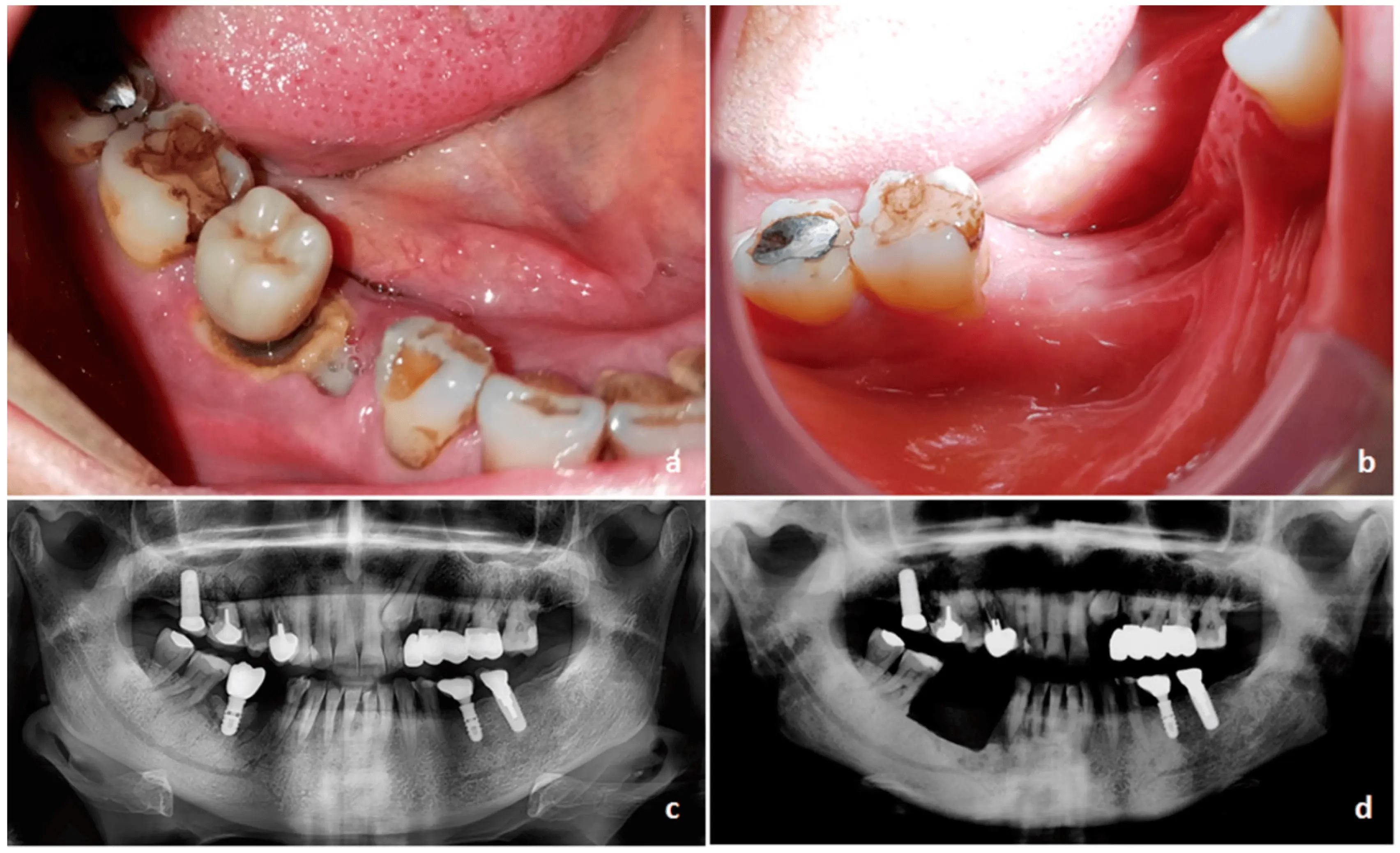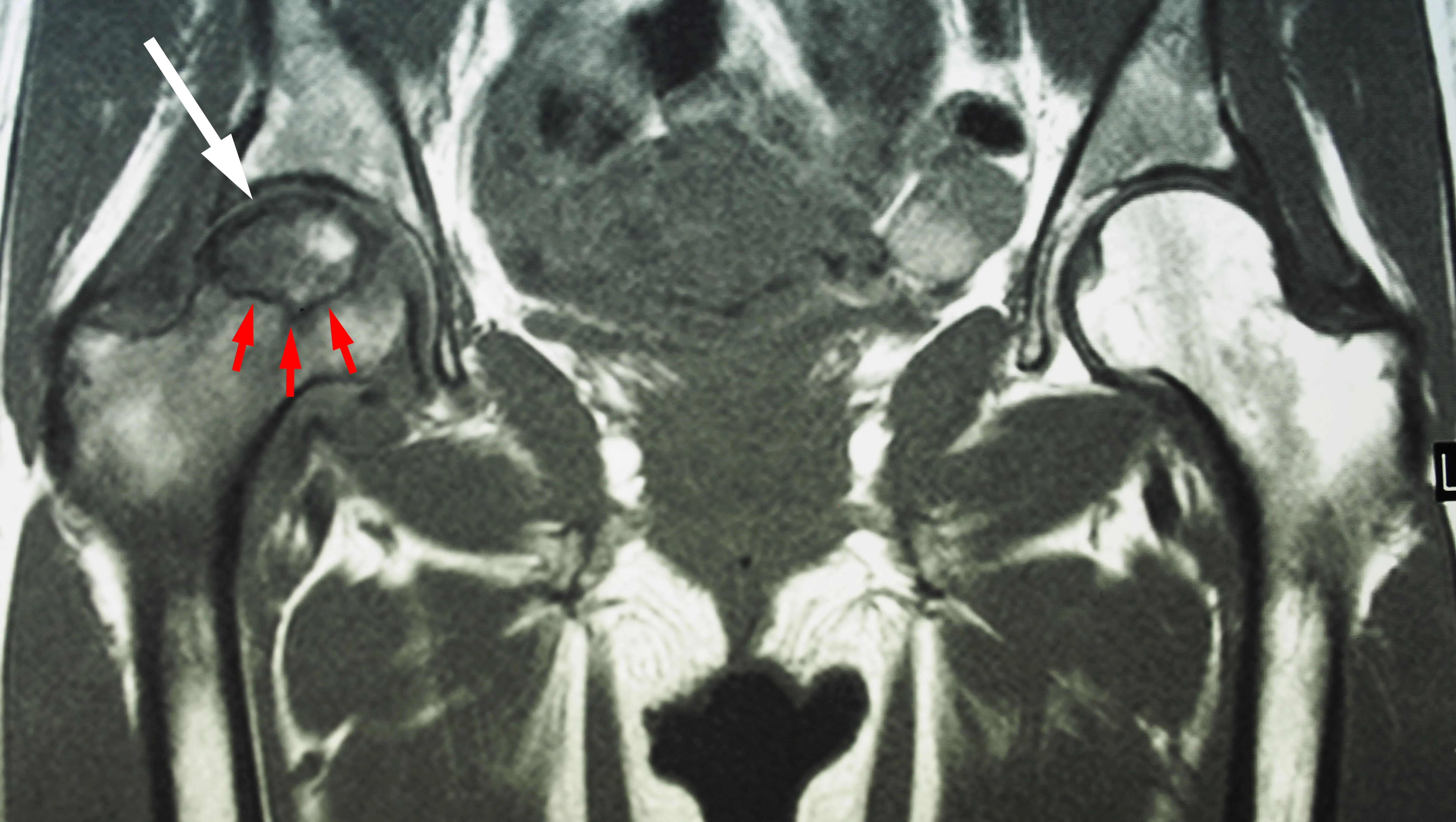Can Osteonecrosis be Cured?
Sometimes
Management can slow progression and relieve symptoms, but complete cure may not be achievable in all cases; outcomes depend on the underlying cause, affected joints, and response to treatment

What is Osteonecrosis?
Osteonecrosis, also known as avascular necrosis, is the death of bone tissue due to a lack of blood supply. Treatment may involve medications, physical therapy, or surgery, depending on the stage and location of the affected bone. Prevention includes managing risk factors, such as avoiding excessive alcohol consumption and monitoring certain medications. Regular monitoring is important to assess treatment efficacy and prevent complications.

Clinical Aspects

Characteristics
Death of bone tissue due to a lack of blood supply

Symptoms
Joint pain, stiffness, limited range of motion

Diagnosis
Imaging studies, clinical examination

Prognosis
Variable; depends on the affected joint and response to treatment

Complications
Joint dysfunction, complications of untreated osteonecrosis
Etiology and Treatment

Causes
Trauma, joint dislocation, prolonged steroid use, alcohol abuse, certain medical conditions, idiopathic (unknown cause)

Treatments
Medications, joint-preserving procedures, joint replacement surgery

Prevention
Medications, joint-preserving procedures, joint replacement surgery
Public Health and Patient Perspectives

Epidemiology
Death of bone tissue due to reduced blood flow or trauma

Patient Perspectives
Management aims at preserving joint function and preventing complications
This information aims to provide a general understanding of the subject matter, but individual circumstances can vary significantly. Please remember to consult with healthcare professionals for personalized advice and guidance.
Share: